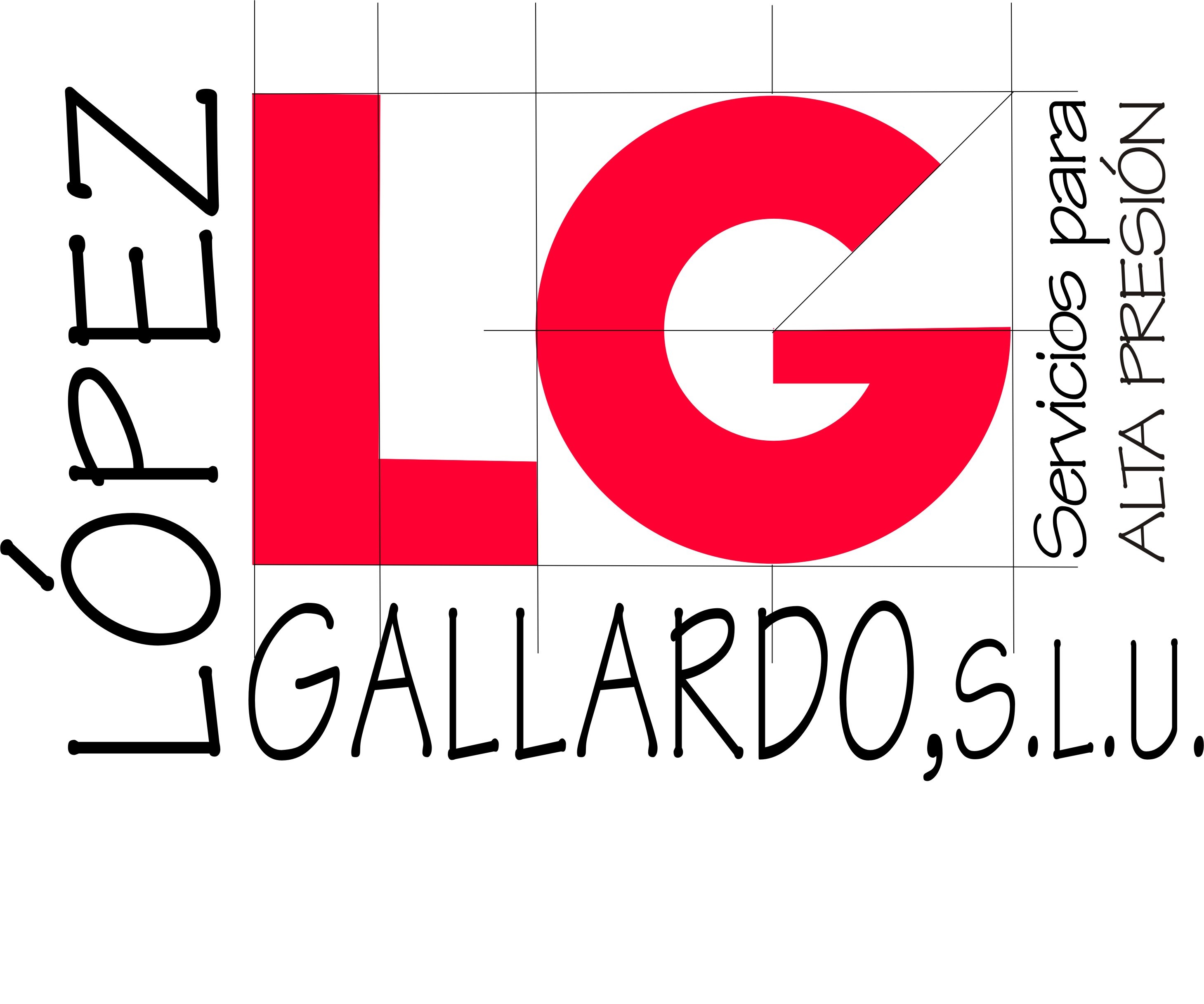paydayloans
Bankcorp stopped providing loans that are payday-like
This notion ‘s been around since at the very least 2005, whenever Sheila Bair, before her tenure during the FDIC, had written a paper arguing that banks had been the solution that is natural
But that has been a lot more than a ten years ago. “The problem happens to be intractable,” Bair says. Back 2008, the FDIC started a two-year pilot system encouraging banks in order to make small-dollar loans by having an annualized interest-rate cap of 36 per cent. However it didn’t remove, at the very least to some extent due to the right time needed for bank personnel, who will be compensated more than payday-store staffers, to underwrite the loans. The theory can be at chances with a different sort of mandate that is federal considering that the economic crisis, bank regulators have now been insisting that their costs just take less danger, no more. After tips given by the FDIC while the working office of the Comptroller regarding the Currency warned associated with the dangers taking part in small-dollar financing, Wells Fargo and U.S.
An even more nefarious concept is banking institutions presently make serious cash on a payday-lending alternative that currently exists—namely, overdraft protection. One study carried out by the customer Financial Protection Bureau unearthed that debit-card that is most overdraft charges are incurred on deals of $24 or less, and produce a median cost of $34. Why would banks desire to undercut this kind of source that is rich of?
In terms of credit unions, although several have experienced success offering tiny, short-term loans, numerous have trouble with regulators, with reputational danger, along with the price of making such loans. “We are typical cognizant that people needs to do it, but it is extremely challenging to work a business model out that actually works,” claims Tom Kane, the president regarding the Illinois Credit Union League. The credit-union industry is small—smaller altogether, Kane points out, than JPMorgan Chase, Bank of America, or Wells Fargo alone in any event. “The scale is not here,” he claims.
Elizabeth Warren has endorsed the thought of the Postal provider partnering with banking institutions to supply short-term loans
But even some other opponents of payday financing think that’s unfeasible. In a brand new York circumstances op-ed last fall, Frederick Wherry, a sociology teacher at Yale, noticed that achieving https://badcreditloans4all.com/payday-loans-wv/ this would need the Postal Service to possess a complete brand new infrastructure, as well as its workers an entire brand new set of skills. Another alternative would appear to be companies that are online simply because they don’t have the storefront overhead. However they may have trouble handling customer fraud, and are usually on their own hard to police, so they really may in some instances evade state caps on interest levels. To date, the rates charged by numerous online loan providers appear to be greater, perhaps perhaps perhaps not reduced, compared to those charged by old-fashioned loan providers. (Elevate Credit, which claims it offers an advanced, technology-based means of underwriting loans, brags that its loans when it comes to “new middle income” are half the price of typical payday loans—but it really is selective with its financing, but still charges about 200 per cent yearly.) Promising ideas that are out-of-the-box this means, come in brief supply.
Possibly an answer of kinds—something that is much better, although not perfect—could result from more-modest reforms towards the payday-lending industry, in place of tries to change it. There clearly was some proof that smart regulation can enhance the company for both lenders and consumers. This season, Colorado reformed its payday-lending industry by reducing the permissible costs, expanding the minimal term of that loan to 6 months, and needing that a loan be repayable with time, rather than coming due all at one time. Pew reports that 1 / 2 of the payday stores in Colorado shut, but each store that is remaining doubled its consumer amount, and from now on payday borrowers are spending 42 per cent less in charges and defaulting less often, without any decrease in use of credit. “There’s been a debate for twenty years about whether or not to allow lending that is payday maybe not,” says Pew’s Alex Horowitz. “Colorado shows it could be much, definitely better.”
Possibly that’s about just like it gets in the fringe. Outrage is simple, and outrage is warranted—but perhaps payday loan providers shouldn’t be its primary target. The thing isn’t simply that individuals who desperately desire a $350 loan can’t get it at a reasonable price, but that progressively more individuals require that loan into the beginning.

